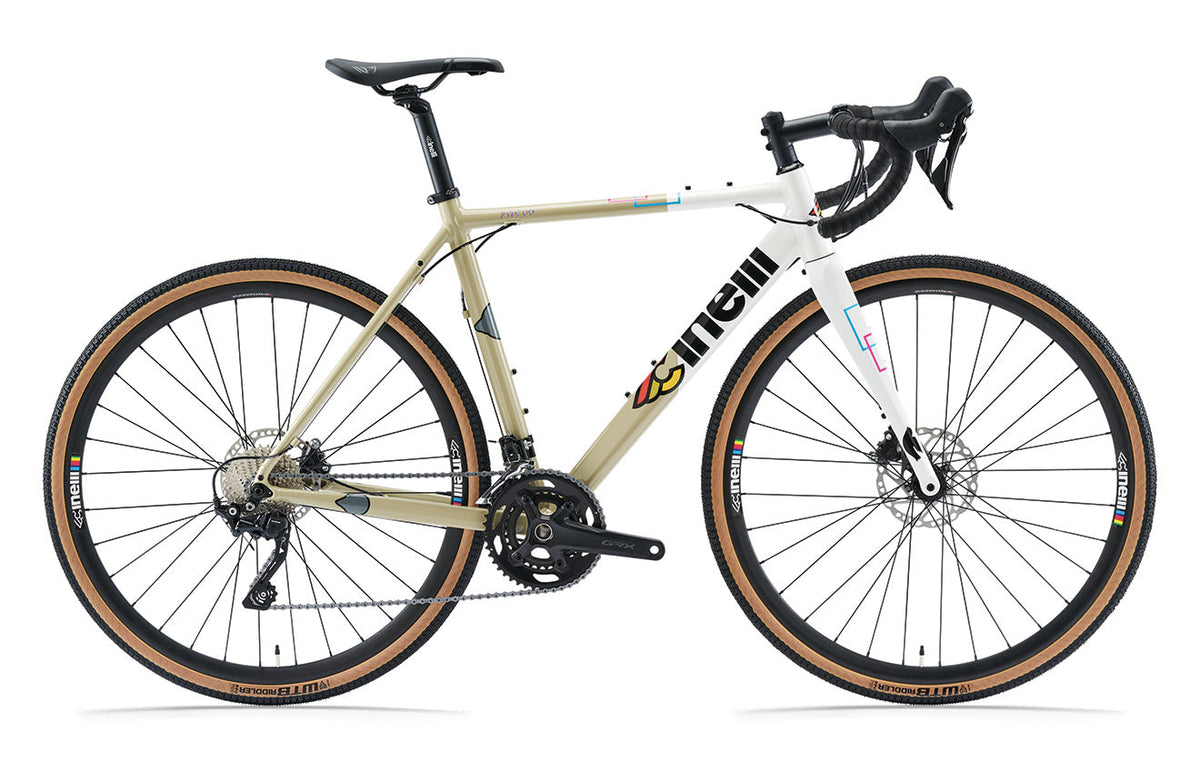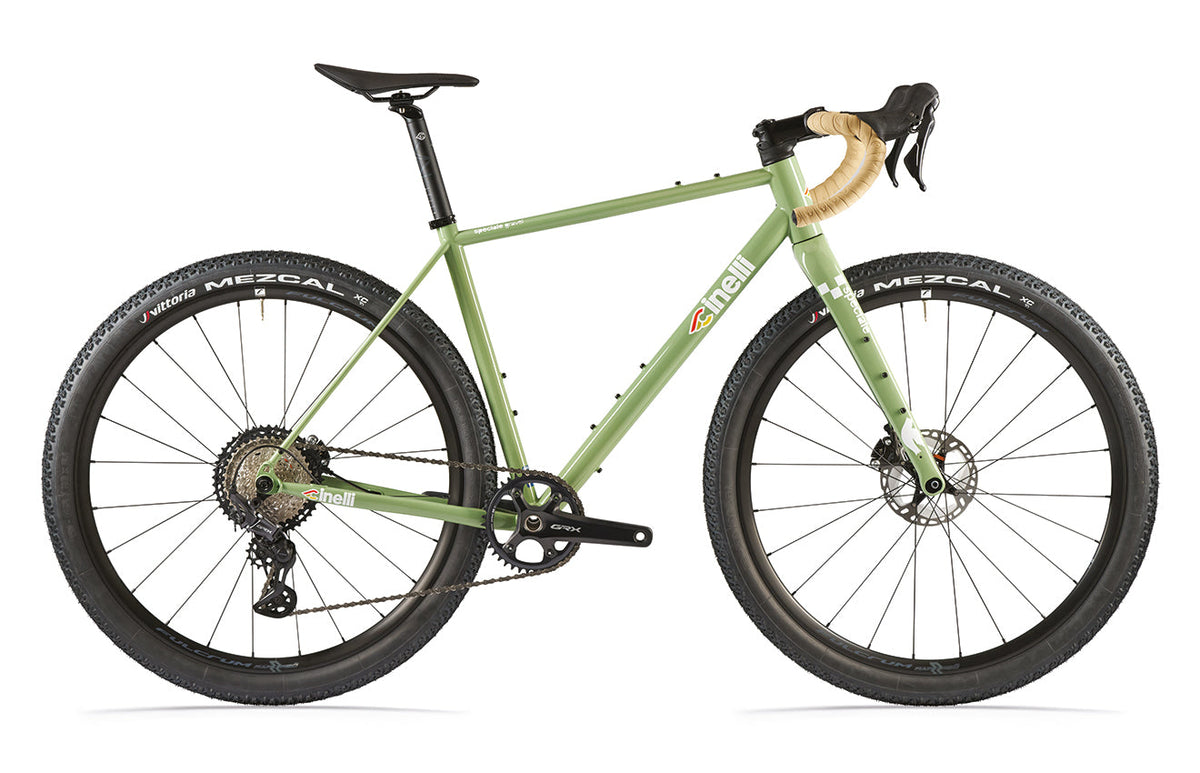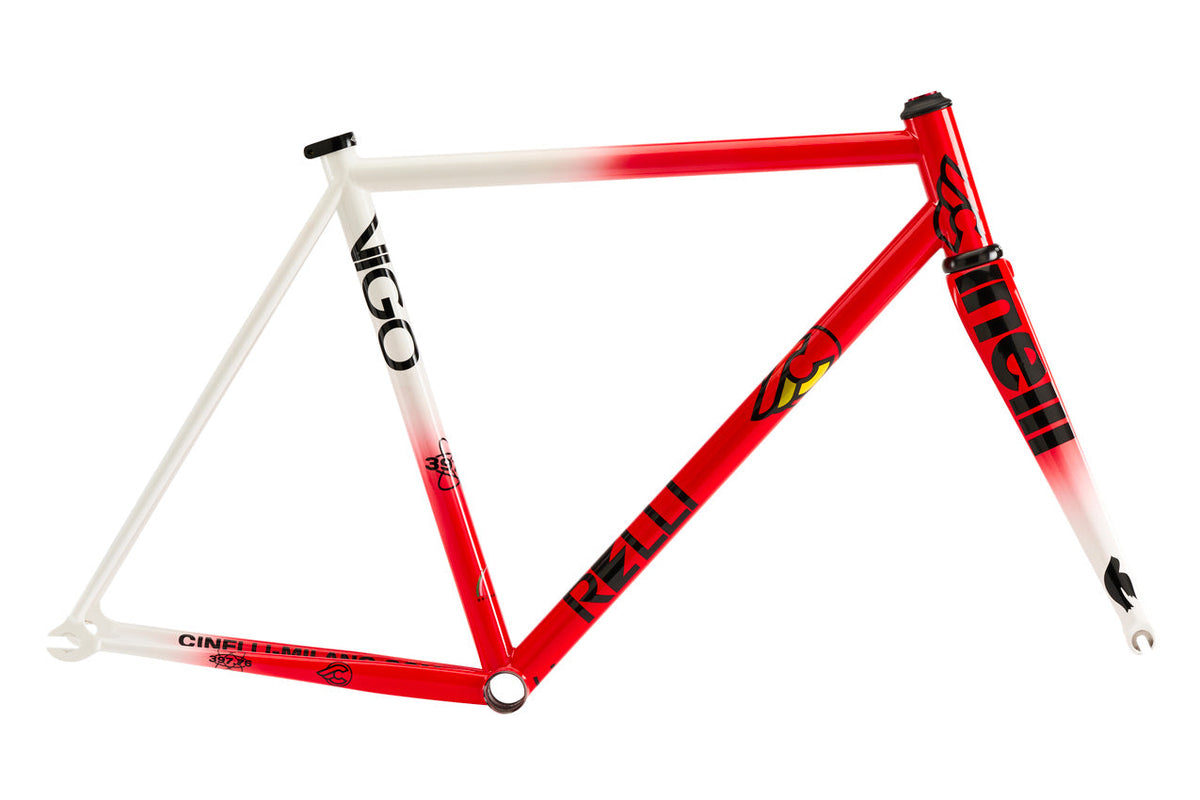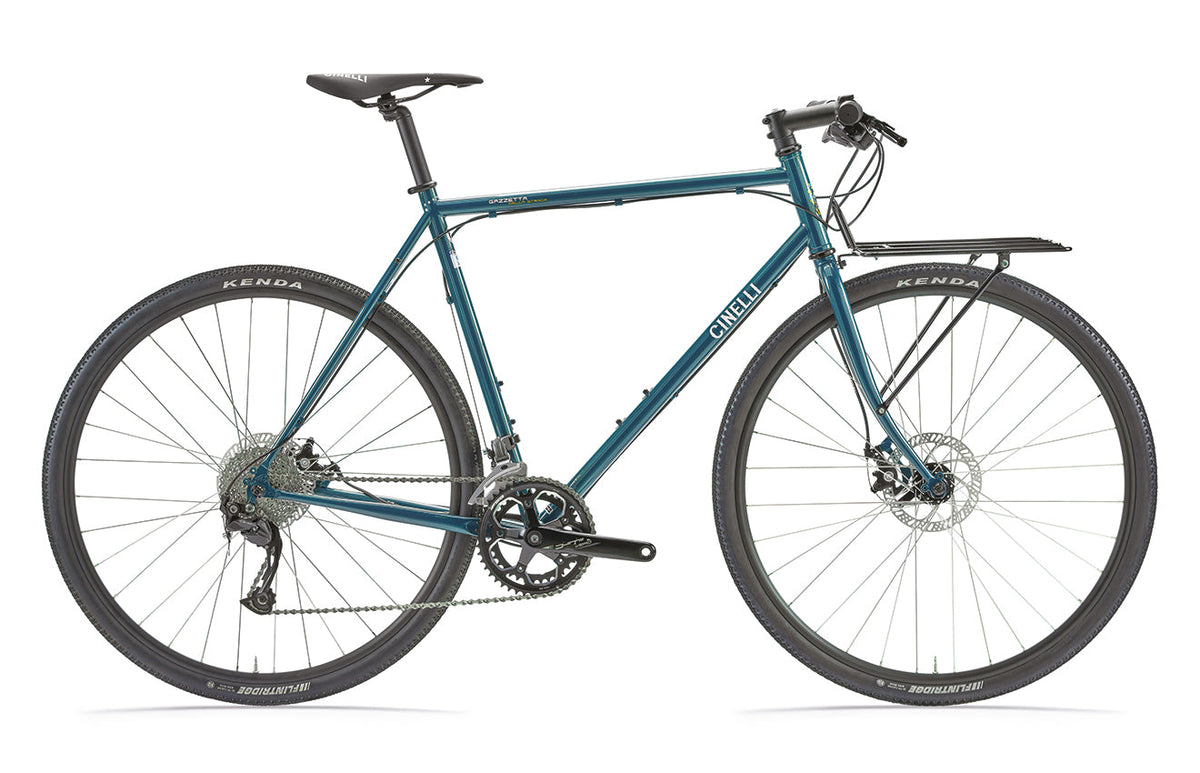Aeroscoop: threading the needle between design and performance

The Aeroscoop is our latest evolution in aerodynamic carbon road bike design; shaped by more than 75 years of relentless Milanese innovation and fine-tuned in the wind tunnel for pure performance.
Every line, surface, and angle has been optimized to reduce drag, enhance stability, and deliver maximum speed in even the most demanding real-world racing conditions.

You want numbers? We’ve got them
Watt savings, drag coefficients, and millimetre-perfect compliance with UCI regulations. Whether you’re chasing podiums, personal records, or just trying to push yourself to the limit, the Aeroscoop shows up, ready for the peloton.
Much of this improvement comes from a 4% reduction in frontal area and our proprietary Double Arm Seat Stay Design - compared from our Pressure 2, we also improved stiffness, drag and stiffness to weight ratio.
Working closely with our riders, we refined the head tube stiffness according to their feedback to enhance steering accuracy and improve high-speed stability — achieving even sharper, more responsive handling.

Engineering focused on aerodynamics and stiffness
We carried out two sets of optimizations: refining aerodynamic and reinforcing the frame’s stiffness where it matters most.

205W @ 45 km/h: wind tunnel fine-tuned and tested
Independently wind tunnel verified according to TOUR Magazine protocol, the Aeroscoop measured only 205W of drag, placing it firmly inside the top ten of all aero road bikes ever tested to date.

Wind Tunnel - Testing Parameters:
• Type of tunnel: Closed-circuit subsonic wind tunnel
• Test section: 3.0 m (width) × 2.0 m (height) × 8.0 m (length)
• Air speed range: 0–180 km/h
• Flow uniformity: ±0.5% across the entire test section
• Residual turbulence: < 0.2% (extremely “clean” flow)
• Data acquisition system: continuous sampling of pressure, force, and moment sensors
• Air temperature and density control to ensure repeatability in comparative tests
Protocol:
• Bicycle + static mannequin (TOUR standard)
• Dedicated platform with ±20° rotation
• Measurement of longitudinal and lateral aerodynamic forces at 45km/h
• Data are converted into weighted average CdA (coefficient of aerodynamic drag) values across multiple yaw angles
• Differences between bikes 0.005 m² are fully detectable

Double Arm Seat Stay Design
Inspired by aerospace dynamics, the new seat stays split into dual arms with a central air channel. Like airplane wings, they guide airflow around the frame for reduced drag and improved rider efficiency.
Airfoil-Inspired Tube Transitions
The downtube and seattube feature a truncated airfoil shape that improves airflow and increases bottom bracket stiffness for better power transfer.
Revised Downtube Geometry
Lowered to minimize the front wheel gap in the upper section and widened to shield water bottles, further reducing turbulence and enhancing aerodynamic flow.
Smoothed Cockpit Transition
A proprietary headset cover eliminates shape discontinuities between the headtube and handlebar, minimizing turbulence at the front end.
Integrated Fork Redesign
The fork crown has been reshaped for seamless integration with the headtube vand downtube junction—critical to reducing frontal drag.
Adjustable Columbus Components Clamping System
Allows offset tuning(–10 mm / 0mm) to fine-tune rider position for maximum performance.
Columbus Components Spirit Integrated Handlebar
A narrower top section with a 30 mm width difference between hoods and drops reduces frontal drag and encourages a more aerodynamic riding posture.





























